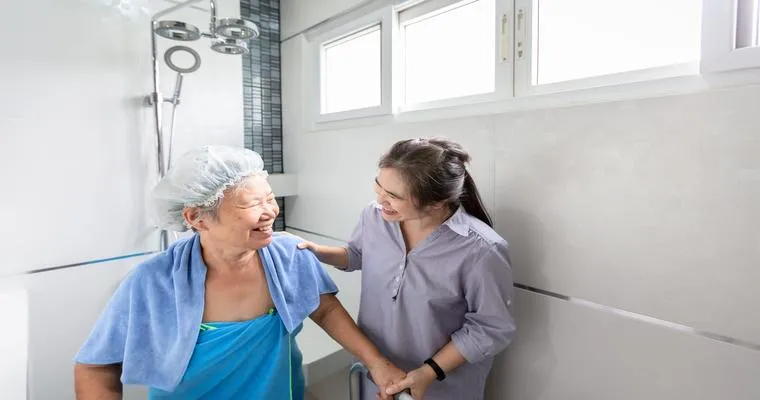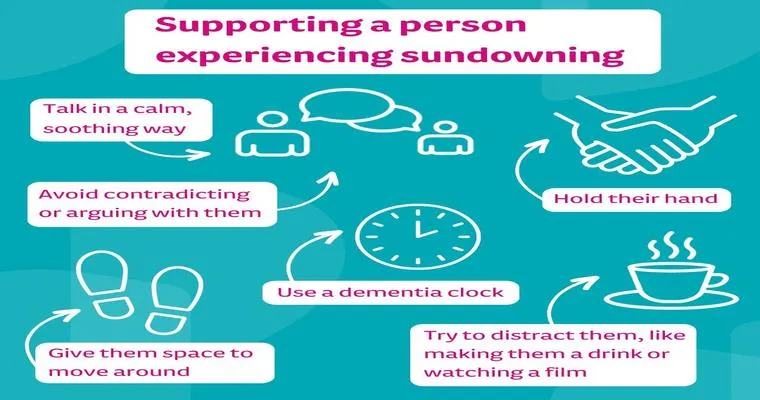When it comes to "long-term care residents", maintaining proper hygiene through regular "showers and baths" is essential for their overall well-being. However, there are times when these important routines may get skipped due to various factors such as staffing shortages, resident resistance, or scheduling conflicts. Understanding how to address these situations is crucial for caregivers and facility managers alike.
Importance of Regular Showers and Baths
Regular "showers and baths" are not just about cleanliness; they play a vital role in promoting the physical and emotional health of long-term care residents. Bathing routines can help prevent skin infections, reduce odors, and enhance the residents' sense of dignity. Moreover, for many residents, these routines also provide a source of comfort and relaxation, making it essential to prioritize them.
Understanding the Reasons for Skipped Showers and Baths
1. "Staffing Challenges": High turnover rates and inadequate staffing can lead to missed bathing opportunities.
2. "Resident Preferences": Some residents may refuse to bathe due to personal preferences, discomfort, or past experiences.
3. "Health Issues": Physical or cognitive impairments may make bathing difficult for some residents, leading to skipped showers or baths.
4. "Time Constraints": Busy schedules and high demands can result in caregivers inadvertently missing bathing times.
Strategies to Address Missed Showers and Baths
When showers or baths are skipped, it is essential to have a plan in place to address the situation effectively. Here are some strategies:
1. "Develop a Routine": Establish a clear bathing schedule for each resident, taking into account their preferences and needs. Consistency can help residents become accustomed to their shower or bath times.
2. "Communicate with Residents": Engage with residents about their concerns or preferences regarding bathing. Understanding their feelings can help caregivers find a more agreeable approach.
3. "Train Staff": Ongoing training for staff can help them understand the importance of bathing and equip them with strategies to encourage resident participation.
4. "Incorporate Alternatives": If a resident is resistant to a full shower or bath, consider alternatives like sponge baths or using wet wipes to maintain hygiene until a proper wash can be arranged.
5. "Monitor and Record": Keep detailed records of bathing schedules and missed showers. This will help identify patterns that may require further attention, such as individual resistance or times of staffing shortages.
6. "Engagement Activities": Incorporate bathing into broader wellness activities. For instance, a relaxing music session can be played during bath time to create a more enjoyable atmosphere.
7. "Family Involvement": Encourage family members to be part of the bathing routine. Their involvement can provide emotional support to residents and can sometimes motivate them to engage in showers or baths.
Conclusion
Skipping showers and baths for long-term care residents should not be taken lightly, as it can have serious implications on their physical and emotional health. By understanding the reasons behind these missed opportunities and implementing effective strategies, caregivers can ensure that residents maintain proper hygiene and enjoy the comfort of regular bathing. Remember, a proactive approach, open communication, and consistent routines are key to fostering a positive bathing experience for all long-term care residents.





